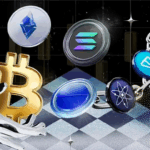This article outlines the best Ethereum tools that allow you to save on gas fees and improve the efficiency of your transactions.
- Understanding Ethereum Gas Fees
- How to Optimize Gas Fees with the Top Ethereum Tools
- Example: Optimizing Gas Fees with the Best Ethereum Tools (Step-by-Step)
- Step 1: Check Current Gas Prices
- Step 2: Choose the Right Transaction Time
- Step 3: Set Custom Gas Fees in MetaMask
- Step 4: Use 1inch Gas Optimizer for Swaps
- Step 5: Use Layer 2 Networks
- Step 6: Monitor and Repeat
- Best Tools to Optimize Ethereum Gas Fees
- Why Gas Fees Fluctuate
- Advanced Strategies to Save on Gas Fees
- Time Your Transactions Wisely
- use Layer 2 Solutions
- Batch Multiple Transactions
- Use Gas Tokens (if supported)
- Optimize Smart Contracts
- Choose Gas Efficient DApps
- Set Custom Gas Limits in Wallets
- Use Aggregators Like 1inch
- Monitor Gas Prices Regularly
- Utilize Rollups and Sharding (Future Strategy)
- Security and Efficiency Tips
- Use Verified Tools Only
- Poor Wallet Permissions
- Install Trusted Browser Extensions
- Confirm Your Network
- Set a Reasonable Gas Fee
- Real-Time Transaction Monitoring
- Risk & Considerations
- Failed Transactions
- Network Delays
- Smart Contract Vulnerabilities
- Price Volatility
- Compatibility Issues
- Changes to Network Rules
- Centralization Risks on Layer 2
- Future of Ethereum Gas Fees
- Conclusion
- FAQs
By the end of this article, you will know how to use GasNow, Etherscan Gas Tracker, and MetaMask to manage, minimize, and time transactions to improve your overall Ethereum experience.
Understanding Ethereum Gas Fees
Gas fees on Ethereum are the costs associated with various transactions on the Ethereum blockchain like sending tokens, executing contracts, and engaging with DApps.
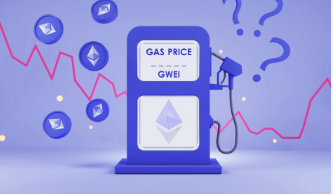
Gas fees are calculated in Gwei, which is part of Ether (ETH). These fees are paid to miners and validators as compensation for the gas used in processing and approving transactions.
Prices vary and rise with the increase in demand and congestion on the network. EIP-1559 Ethereum upgrades introduced a base fee with an optional tipping system which gas fee is overall network effective and less unpredictable for users.
How to Optimize Gas Fees with the Top Ethereum Tools
Example: Optimizing Gas Fees with the Best Ethereum Tools (Step-by-Step)
Step 1: Check Current Gas Prices
Begin by checking gas prices on Etherscan Gas Tracker or GasNow.
- Visit Etherscan Gas Tracker
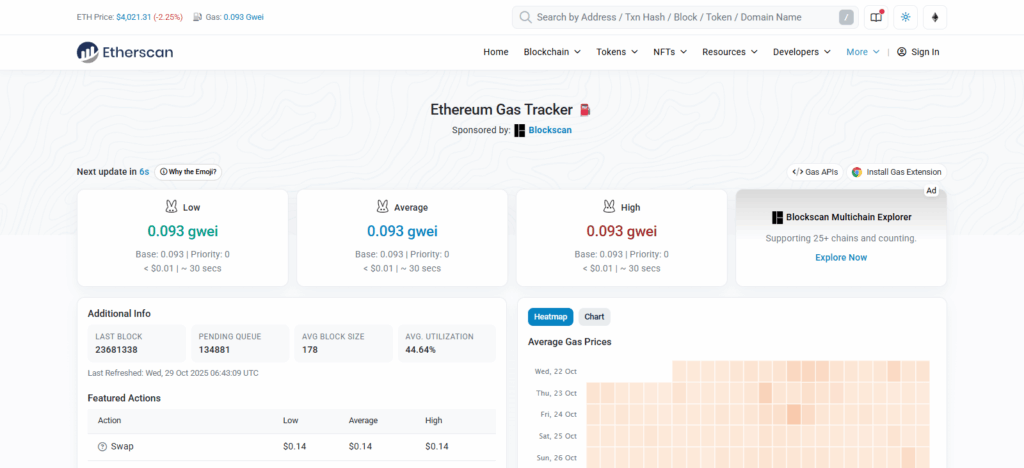
- Check the prices marked “Low”, “Average”, and “High” associated with gas prices (in Gwei).
- This allows for the best evaluation of the right timing for gas fees so that you can transact and maximize the value of transactions.
Step 2: Choose the Right Transaction Time
Gas prices can be estimated using Blocknative Gas Estimator.
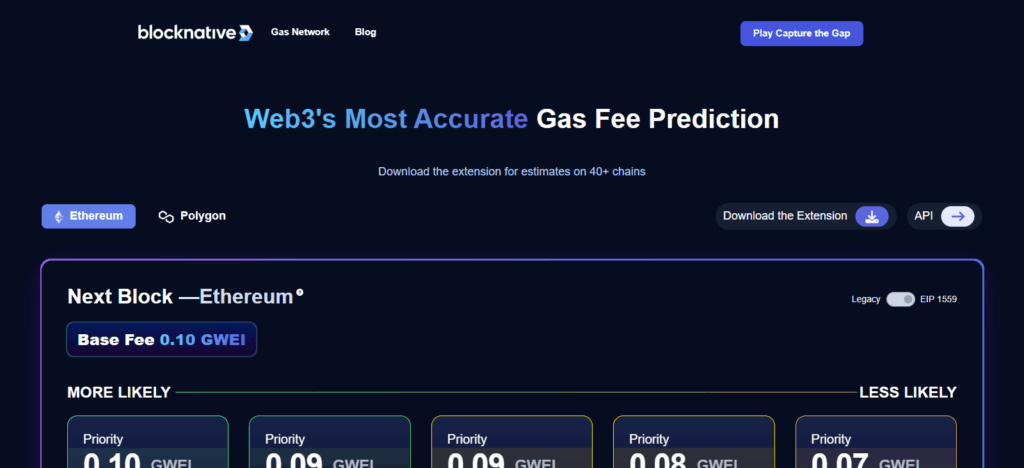
- It provides live information along with dynamic gas price trends and offers a time range estimate for gas fees.
- The best estimate can be detected during low-net activity periods, generally evenings or weekends.
Step 3: Set Custom Gas Fees in MetaMask
When using MetaMask for transactions, you have the option to customize gas fees to optimize costs.

- Click on “Edit Gas Fee”, select “Low” for automatic settings
- Confirm the transaction to improve the cost and time value ratio gas cost, time and speed.
Step 4: Use 1inch Gas Optimizer for Swaps
For token swaps, use 1inch Exchange rather than a regular DEX.
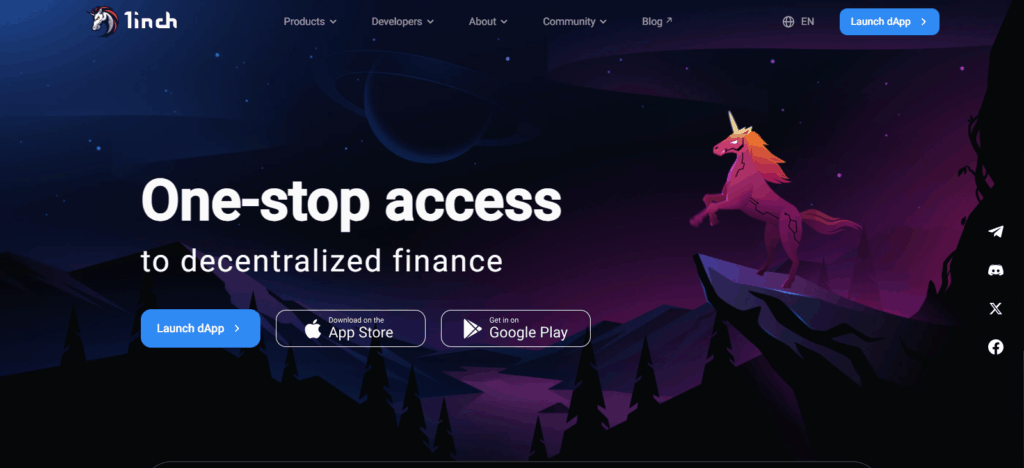
- 1inch takes the most cost-effective route and figures out the gas optimization automatically.
- It lessens the number of transactions which helps reduce the gas cost overall.
Step 5: Use Layer 2 Networks
For DApp users and traders that are frequent, use Layer 2 Solutions like Arbitrum or Optimism.
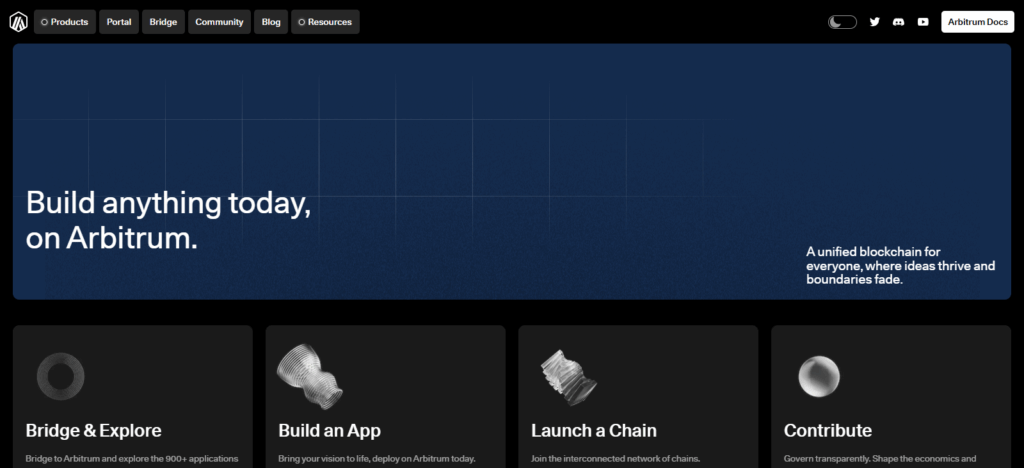
- These networks do the transactions off-chain and do it cheaper than the gas cost of Ethereum’s mainnet.
- You can bridge your ETH to these networks through the official gateway.
Step 6: Monitor and Repeat
You can use Etherscan or GasNow to view gas fees.
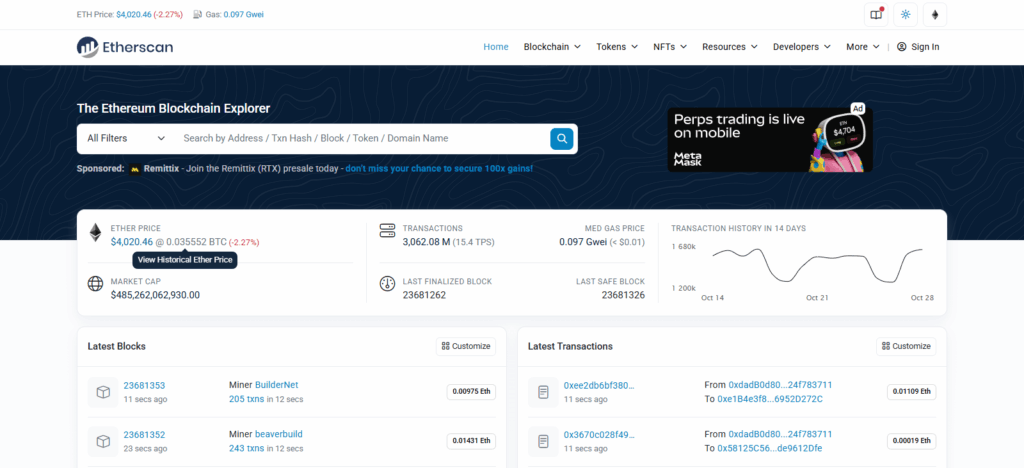
- You can do large transactions during the off-peak times.
- For long-term savings, continuing using Layer 2 and the other optimized tools.
Best Tools to Optimize Ethereum Gas Fees
GasNow
GasNow stands out as one of the premier technologies for optimizing Ethereum gas fees. It offers real-time, accurate, and transparent gas pricing information straight from the Ethereum network’s pending transaction pool.
In contrast to other trackers, which updates every few minutes, GasNow updates every few seconds, allowing users to identify the optimal time to make transactions and save the most money. It offers various classifications of gas prices.
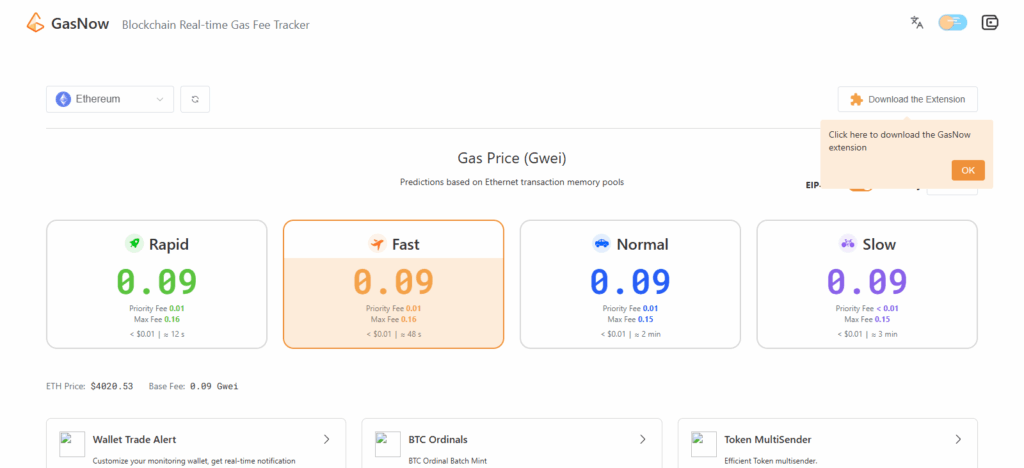
These classifications are slow, standard, fast, and rapid. Users can choose the gas price based on how fast the transaction is needed and their budget.
For GasNow users, precise predicting is invaluable whether they are traders, developers, or DApp users trying to minimize costs. Users appreciate that GasNow provides predicting without risking transaction success or speed.
Why Gas Fees Fluctuate
Network Congestion: The more users that wish to transact during the same period of time result in an increase in demand for block space and thus an increase in gas fees.
Complexity of the Transaction: Operations that contain the execution of smart contracts and NFT minting are more complex and thus want to consume more resources which increases gas fees.
Priority Bidding: A competitive gas bidding system is created when users are willing to pay higher fees for the faster processing of their transactions.
DeFi and NFT Activity: Gas fees increase dramatically during periods of high activity in DeFi and NFT marketplaces.
Ethereum Network Upgrades: Certain protocol changes like EIP-1559 that Ethereum is currently rolling out changes the way gas fees are calculated which temporarily changes the gas fees.
Volatile Markets: Major price changes and popular new tokens drives transactional activity and thus increases gas fees.
Limited Block Space: A gas block has space for a limited number of transactions which in high demand situations dramatically increases gas fees.
Advanced Strategies to Save on Gas Fees
Time Your Transactions Wisely
Gas fees are usually lower during weekends and on weekday mornings (UTC) and other off-peak times. You can monitor tools like Etherscan Gas Tracker to find the cheapest time to transact.
use Layer 2 Solutions
Off the Ethereum ‘Layer 2’ platforms like Arbitrum, Optimism, and zkSync do gas transaction work off the main chain and provide Ethereum’s security.
Batch Multiple Transactions
You can combine several small transactions into one large transaction and gas withhold costs will be saved for interactions with smart contracts.
Use Gas Tokens (if supported)
Gas tokens like CHI and GST2 help store gas when it’s cheap and are redeemed when it’s expensive.
Optimize Smart Contracts
Developers can write smart contracts more efficiently, which will save on gas costs by cutting down computation and storage more with each transaction.
Choose Gas Efficient DApps
Shifting to DApps with optimized gas contracts will lower gas costs effectively. This is very important for buyers making frequent transactions.
Set Custom Gas Limits in Wallets
With wallets like MetaMask, you have the option to manually change the gas fees. For transactions that are not urgent, lowering the Gwei or gas limit will help you save some money.
Use Aggregators Like 1inch
1inch Exchange helps you swap and trade tokens. This platform helps you save money on gas and on slippage by optimizing the process.
Monitor Gas Prices Regularly
Use the gas analytics tools, for example, GasNow and Blocknative, to pay gas fees at the lowest price, and strategically plan your transactions for the times that are the lowest.
Utilize Rollups and Sharding (Future Strategy)
Once Ethereum’s scaling upgrades are installed, using rollups or sharded chains will help to significantly reduce costs.
Security and Efficiency Tips
Use Verified Tools Only
Rely on platforms like Etherscan, GasNow, and MetaMask. Shun unfamiliar “gas saver” sites, as they may be phishing scams.
Poor Wallet Permissions
Review and eliminate unnecessary contract approvals, as your funds may be vulnerable. Revoke.cash is helpful.
Install Trusted Browser Extensions
Some rogue extensions can distort gas estimations and even extract your wallet. Use only verified official extensions.
Confirm Your Network
Before any transaction, make sure your wallet is on the Ethereum Mainnet (official) or a verified Layer 2 network.
Set a Reasonable Gas Fee
Setting gas fees too low and causing a transaction failure is costly, as ETH is consumed whether the transaction succeeds or not.
Real-Time Transaction Monitoring
Use Etherscan or your wallet dashboard to track pending transactions, as they may have completed but require your acknowledgment.
Risk & Considerations
Failed Transactions
Transactions fail or get stuck in a pending state when gas fees are set too low. Attempted transactions using gas are still consumed, meaning ETH was wasted.
Network Delays
While it won’t be as costly, setting a lower gas fee will ensure that the transaction won’t get confirmed for a while, which will be substantially worse in times of heavy network congestion.
3. Fake Optimization Tools:Fraudulent platforms claiming to be “gas savers” will lower fees, but in reality, the platform is stealing your wallet data or funds. Always verify the authenticity of a platform.
Smart Contract Vulnerabilities
A poorly coded or unverified smart contract will expose your wallet to a hack, and gas optimization won’t make any difference in this scenario.
Price Volatility
Fluctuating ETH prices can counter the gas-saving strategy. Even a small increase in the price of ETH can turn a gas fee optimized transaction expensive in dollars.
Compatibility Issues
Different Layer 2 solutions and gas tokens are supported by different wallets and DApps. Unsupported tokens will lead to transaction failures.
Changes to Network Rules
Upgrades to Ethereum and future scaling changes might reach gas fee structures. Users might need to change how they optimize.
Centralization Risks on Layer 2
Some Layer 2 solutions might provide lower costs. However, there may be reliance on centralized sequencers which will, for a period of time, affect the transparency of your transactions.
Future of Ethereum Gas Fees
Ethereum gas fees seem set to decline as the network works towards resolving the problems concerning gas fees. Optimism on Ethereum 2.0 and the Proof-of-Stake transition to Ethereum are already making the network in respect to energy and transactions.
Therefore, less time should be spent waiting on the network. Sharding and rollups will be available in the near future and expected to maximize the network capacity, thus decreasing congestion and gas fees.
Right now, Arbitrum, Optimism, and zkSync 2.0 are Layer 2 solutions that provide Ethereum users with the network at a lower price. As the network goes towards gas fee resolution, users should see gas fees that are predictable, stable, and less expensive.
Conclusion
For those who frequently use the blockchain—be it for trading, NFT minting, or smart contract development—understanding future gas Ethereum estimations is critical.
Users can minimize costs by using tools such as GasNow, Etherscan Gas Tracker, Blocknative, MetaMask, and 1inch. In addition to these tools, using more sophisticated techniques like strategic transaction timing, utilizing Layer 2 networks, and batching can further minimize costs.
As Ethereum scaling gas optimization improves and more gas optimization techniques become available, the Ethereum network experience is bound to become cheaper, and more fluid and efficient.
FAQs
What are Ethereum gas fees?
Ethereum gas fees are payments made in ETH to compensate validators for processing and confirming transactions on the blockchain. They vary based on network congestion and transaction complexity.
Which tools are best for optimizing Ethereum gas fees?
Top tools include GasNow, Etherscan Gas Tracker, Blocknative Gas Estimator, MetaMask, and 1inch Exchange — each helping monitor, predict, or reduce gas costs effectively.
How can I find the best time to make a transaction?
Use Etherscan Gas Tracker or GasNow to check real-time gas prices. Gas fees are usually lower during weekends or off-peak hours (early mornings UTC).
Can MetaMask help reduce gas fees?
Yes. MetaMask allows you to manually adjust gas prices and limits. You can select “Low” or “Custom” settings to prioritize cost savings over transaction speed.






